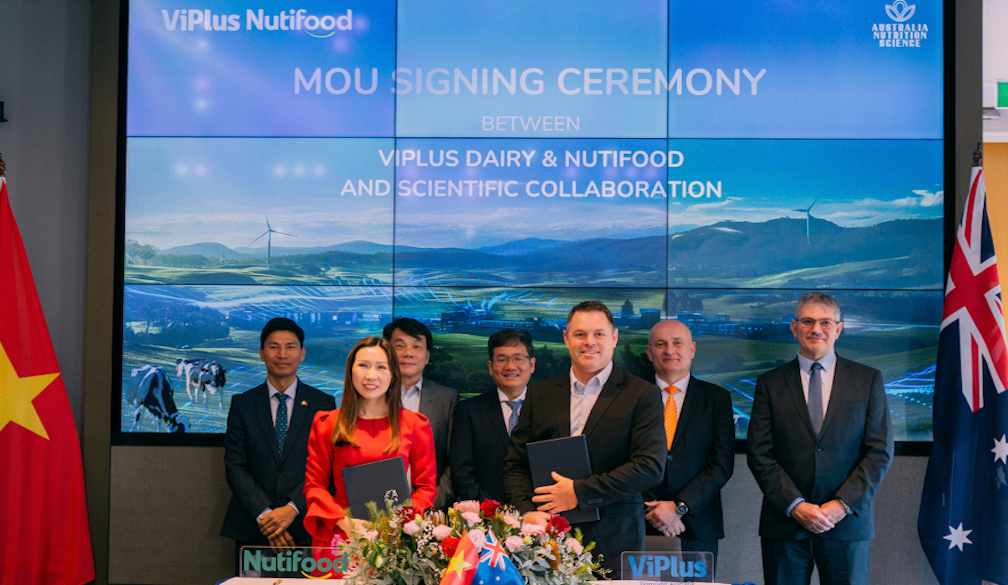Local solution to Closing the Gap – council takes pioneering new approach to Indigenous disadvantage
- Written by Guy C. Charlton, Associate Professor University of New England, Adjunct Professor Auckland University of Technology and Curtin University, University of New England

Despite nearly 20 years of the National Agreement on Closing the Gap, the health and wellbeing of Aboriginal and Torres Strait Islander people continues to lag behind other Australians.
The most recent update from the Productivity Commission found only four of the 19 targets are on track. Areas such as imprisonment and suicide rates are worsening.
If progress is stagnating at the state and federal levels of government, could there be a role for local governments to address Indigenous political, economic, social and health disadvantage?
One local council is investing in an alternative approach. The Tamworth Regional Council in northern New South Wales is the first in Australia to partner with Indigenous organisations on a local Closing the Gap agreement.
Our two hands
Tamworth is a fitting location to try something different. Indigenous people make up almost 13% of its population, well above the national average of 3.8%.
The Mara Ngali Partnership Agreement – meaning “our two hands” in the language of the Gomeroi people – was signed last month.
The ceremony marking the launch of the landmark agreement.It is innovative because it formalises an institutional relationship between a regional authority and Aboriginal Community Controlled Organisations, including the local Aboriginal Legal Service, Land Council and the Aboriginal Medical Service.
The agreement features a shared roadmap for action across five key areas:
- formal partnerships and shared decision-making
- strengthening Aboriginal community-controlled services
- culturally safe and and accountable council services
- transparent data sharing
- boosting Aboriginal employment and economic development.
Closing the Gap targets in priority areas such as health, education, housing and employment will be embedded in council planning processes.
Self-determination
Critically, Mara Ngali incorporates local acknowledgement of Aboriginal self-determination, which has been lacking in Indigenous policy.
The lead convener of the Coalition of Peaks, Pat Turner, says the partnership is an historic first:
Never before has a local government made such a formal and genuine commitment to Close the Gap in partnership with our people. This is what self-determination looks like – the Aboriginal community driving change with governments walking alongside us, and real accountability built in from the ground up
Specifying the objectives of Closing the Gap, and the process to get there, is significant. It is preferable to adopting more aspirational goals that obscure genuine cooperation or justify further inaction by authorities.
It also addresses the Productivity Commission’s criticism that government agencies often consult Indigenous people
on a pre-determined solution, rather than collaborating on the problem and co-designing a solution.
Go local
Co-designed local initiatives are important in addressing Indigenous disadvantage for two reasons.
First, policy objectives set by higher levels of government can be undermined when they are implemented, but not designed, by local councils.
Second, local authorities undertake a number of activities that directly impact people’s lives. Jurisdiction over land management plans, water and sewerage, roads, libraries, heritage protection and policing can profoundly affect Indigenous communities.
Local processes involving these issues mean Indigenous community concerns and statutory rights can be ignored.
But there should be recognition that these same communities can benefit from appropriately tailored policy.
Overseas experience
As such, local agreements that embrace Indigenous perspectives are becoming more common in other parts of the world.
In “Indian Country” in the United States, joint local community and reservation policing is common.
Canada’s commitment to the United Nation’s Declaration on the Rights of Indigenous Peoples has resulted several First Nations/local authority agreements in cultural heritage and land use planning.
Indigenous people in the Philippines have mandatory representation in policy-making bodies and local legislative councils in proportion to their population.
And in New Zealand, local councils have had the authority to establish Maori wards since 2001, albeit with restrictions.
These arrangements have not gone unchallenged. Critics argue local government cannot adequately address historical injustices and discriminatory practices. Any “rights-based discourse” detracts from their statutory obligations to provide services for the entire community.
New Zealand’s coalition government has called Maori seats “divisive” and “undemocratic” by “giving extra votes” to Maoris.
These criticisms ignore the intimate relationship local authorities have with land, community and life opportunities that are essential to Indigenous people.
Deeper cooperation
Here in Australia, the goal of any partnership between local government and Aboriginal communities must be to establish enduring relationships. We need practical cooperation that respects the community’s customary and local knowledge, as well as its desire for self-determination and jurisdiction.
Mara Ngali does not address all the issues adversely affecting Indigenous people in the Tamworth region. But it provides a sound basis for increased local-Aboriginal cooperation.
Properly implemented, it has the potential to enhance Aboriginal self-determination and local participation. This in turn can contribute to historical reconciliation, better governance outcomes, and stronger progress on Closing the Gap.
Authors: Guy C. Charlton, Associate Professor University of New England, Adjunct Professor Auckland University of Technology and Curtin University, University of New England



















